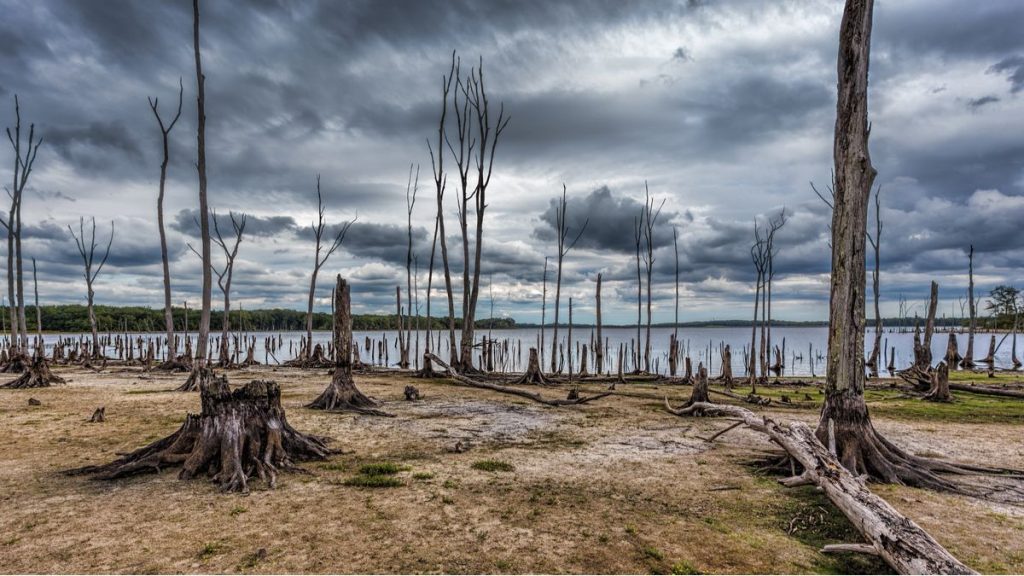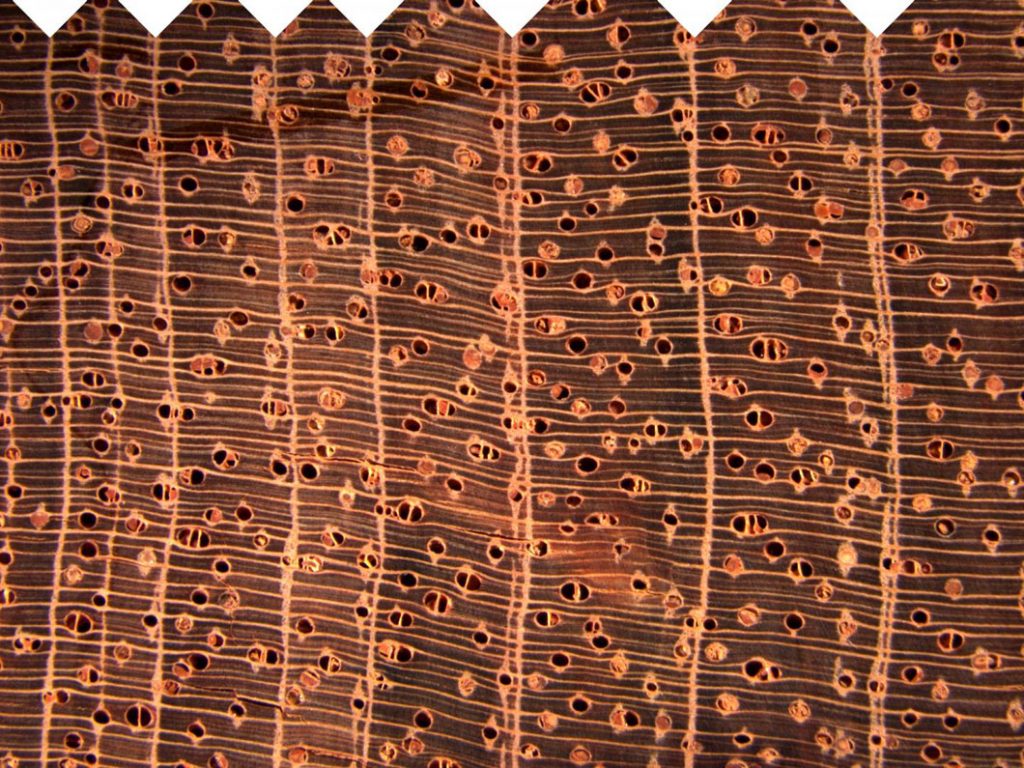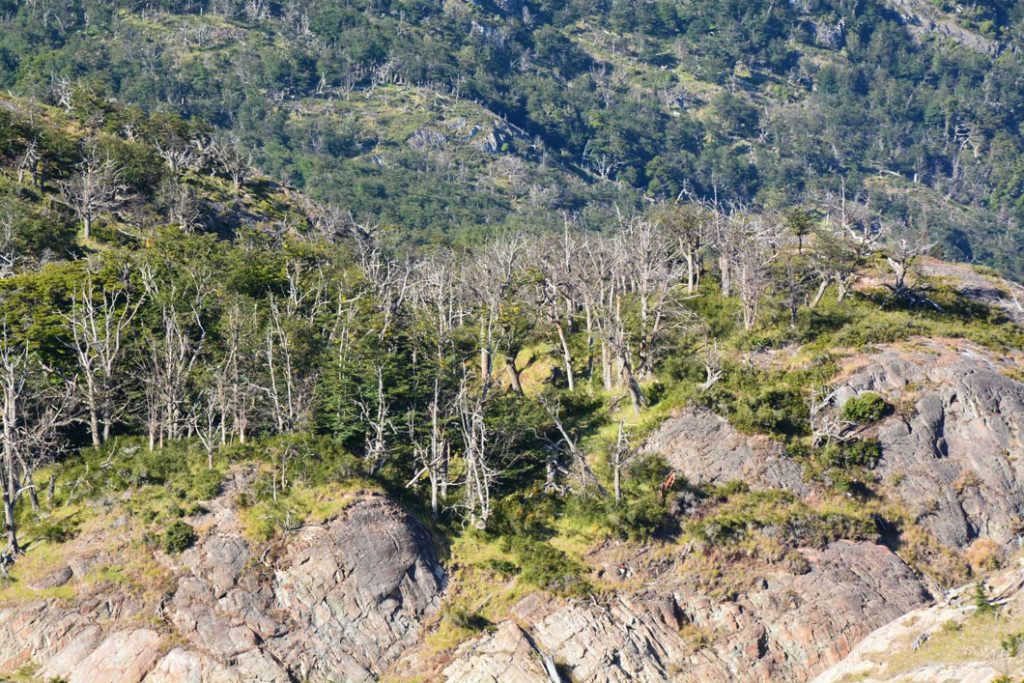
For the primary time, a global examine has proven that quick rising timber have a shorter lifespan, no matter their species or the area through which they develop. This discovering calls into query the predictions that such a characteristic results in better storage of carbon in forests in the long run.
Rapid development and untimely loss of life
Currently, forests take up giant quantities of carbon dioxide (CO2) from the Earth’s ambiance. This is believed to be because of the greater temperatures and the abundance of CO2 that stimulate tree development and permit them to soak up extra of this greenhouse gasoline throughout this part. While most fashions predict that this development stimulus will lead to vital carbon uptake by forests throughout this century, this new examine, led by researchers on theLeeds University and printed at this time in Nature Communications, largely questions this conception.
Being probably the most complete examine thus far on the connection between development and tree lifespan, it concerned the evaluation of greater than 200,000 tree data.development rings of 82 species from websites all over the world. This allowed the researchers to substantiate that the acceleration of development led to a discount within the lifespan of those vegetation and that the trade-offs between development and lifespan have been equal for nearly all tree species and l all climates. This means that the rise in forest carbon shares could also be short-lived.
” Although it has lengthy been identified that quick rising timber reside shorter lives, this has to date solely been proven for a couple of species and websites. “, highlighted Roel Brienen, lead writer of the examine. ” We began a complete evaluation and have been shocked to seek out that these tradeoffs are extremely frequent. In truth, this has occurred for nearly each species now we have examined, together with tropical timber.. “

“Often, Earth system fashions don’t take this unfavourable suggestions under consideration”
According to the staff, the modeling executed from the information collected means that there’ll seemingly be a delay earlier than the results of the potential lack of carbon shares attributable to elevated tree mortality are seen. ” These outcomes present that the worldwide improve in tree mortality solely happens as soon as the websites present accelerated development. This echoes developments seen lately in Leeds, the place the long-term improve in tree mortality charges was slower than that seen for the Amazon rainforest “, Underline the authors of the examine.
” Often, Earth system fashions don’t take this unfavourable suggestions under consideration, or can’t, and mannequin projections of the persistence of carbon sinks in world forests are subsequently seemingly inaccurate and overly optimistic. », Adds Manuel Gloor, co-author of the examine. ” Our findings indicate {that a} vital discount sooner or later forest carbon sink additional will increase the urgency of decreasing greenhouse gasoline emissions.. “
According to the staff, this trade-off could possibly be attributable to environmental variables affecting the expansion and lifespan of timber. While it was beforehand urged that the lifespan of beech timber within the northern hemisphere decreases by about 30 years for every further diploma of warming, present evaluation confirms that, throughout biomes, reductions within the lifespan shouldn’t be straight because of the temperature itself, however the results of quicker development below greater temperatures.

Weakened carbon sinks
An necessary reason behind the widespread incidence of a trade-off between lifespan and development is believed to be that the probabilities of dying improve dramatically as timber attain their most potential measurement. However, different elements may additionally play a job on this phenomenon. Trees rising rapidly would make investments much less in defenses in opposition to illness or insect assault, which might lower the density of the wooden and result in a change in its inner construction, making it extra weak to drought.
” Our findings point out that, just like the fable of the hare and the tortoise, the quickest rising timber exhibit traits that make them weak, whereas those who develop slower exhibit attributes that enable them to persist. “, Advance Steve voelker, co-author of the examine.
” Our society has benefited over the previous many years from the flexibility of forests to retailer an increasing number of carbon and cut back the speed of CO2 accumulation in our ambiance. However, carbon uptake charges by forests are prone to lower as gradual rising and chronic timber are changed by quick rising however extra weak timber. », He concludes.

